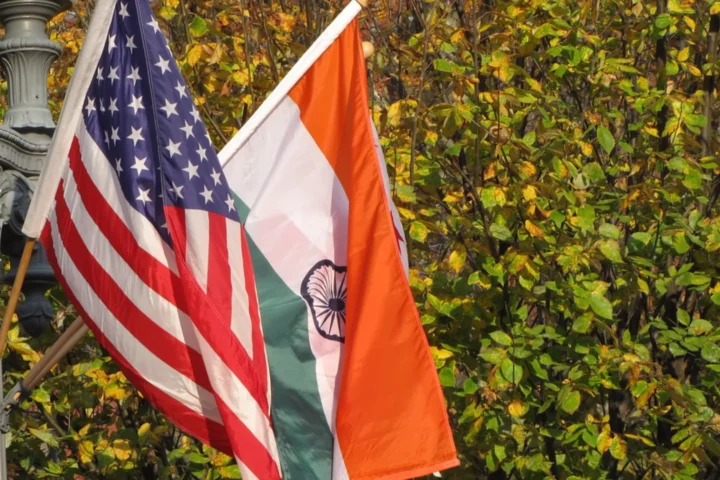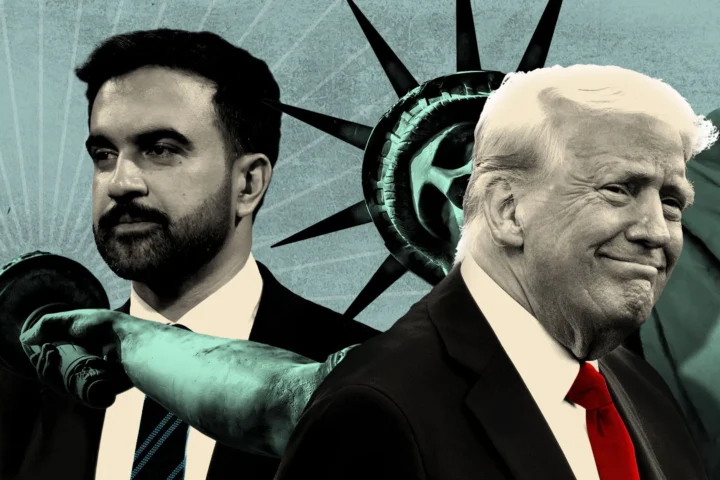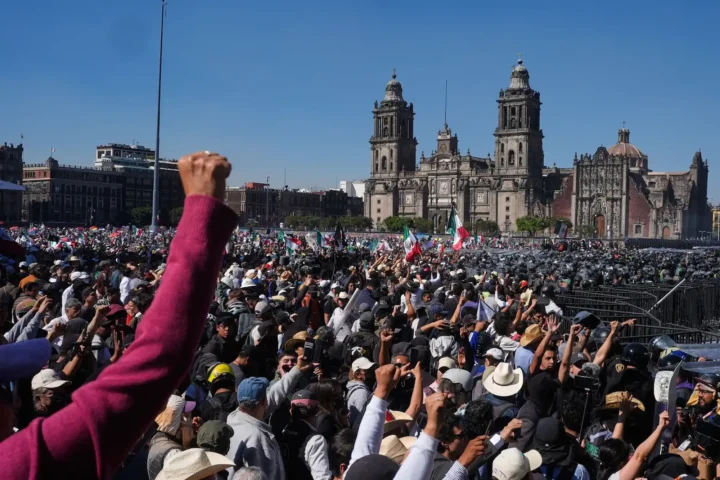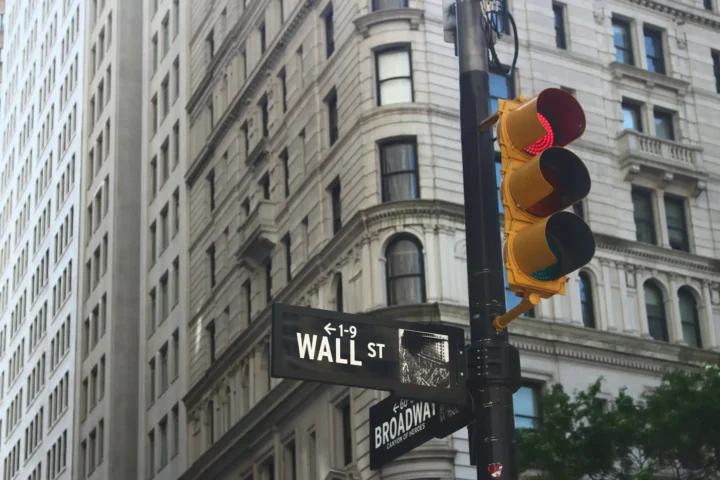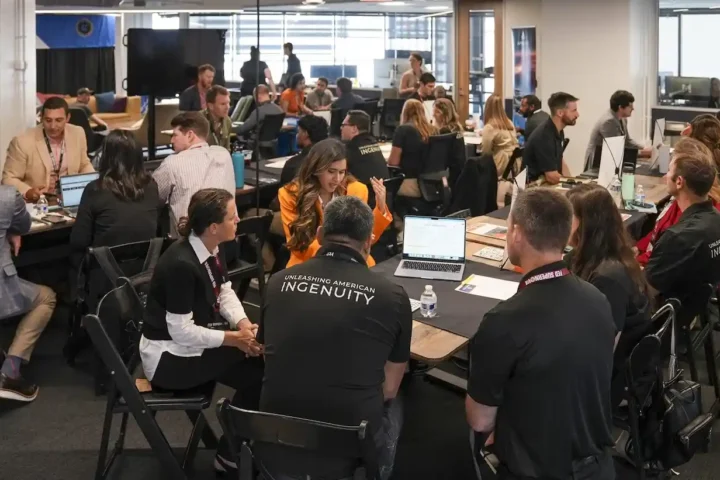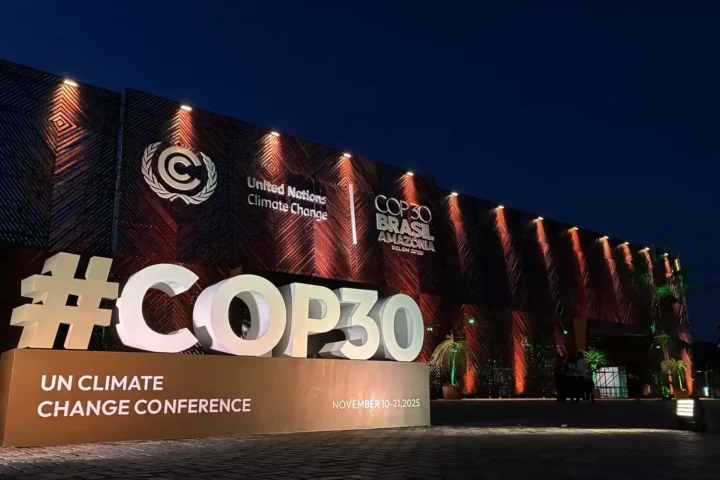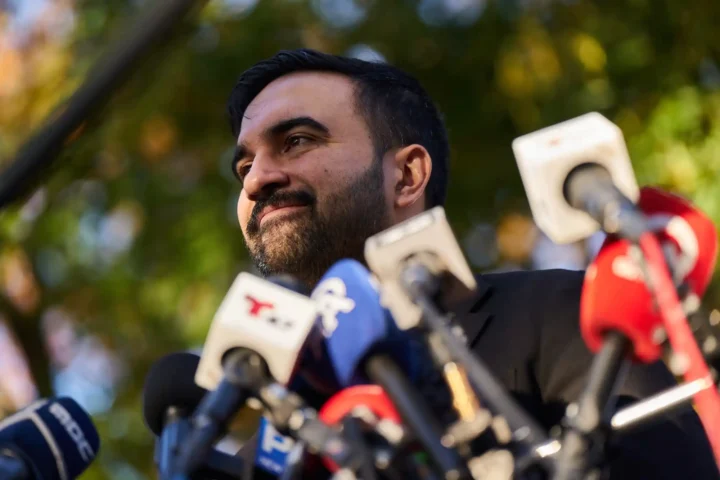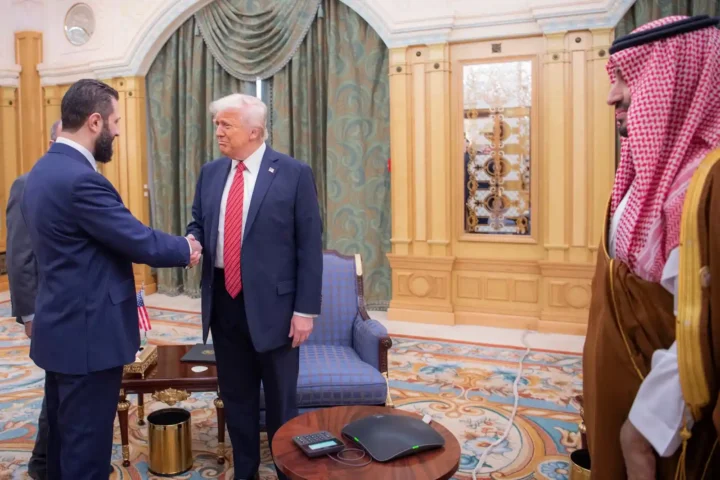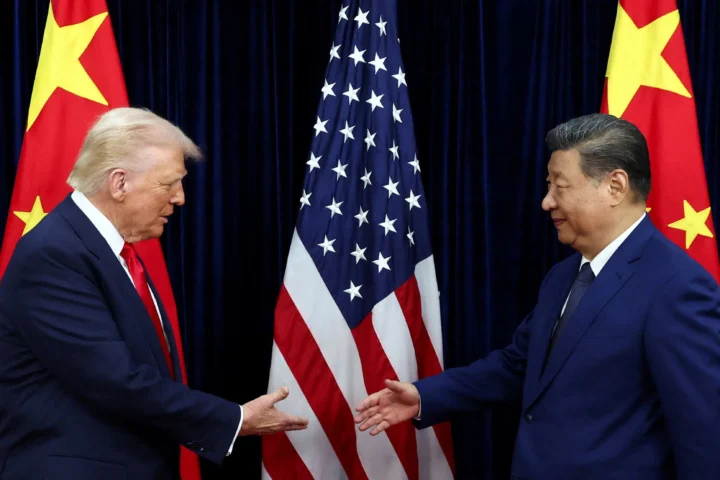Amoxicillin may be the most prescribed antibiotic in the United States, but few Americans realize how precarious their access to this lifesaving drug has become. While it’s used daily to treat everything from strep throat to pneumonia, there’s just one company making it domestically—and it depends on China for 80% of the raw materials. That should alarm anyone who’s ever filled a prescription.
This vulnerability is part of a broader, and increasingly dangerous, dependency: America’s pharmaceutical lifeline runs largely through China. That includes the active ingredients in pain relievers like ibuprofen and acetaminophen, the hydrocortisone creams in our medicine cabinets, and the antibiotics in our hospitals. China supplies the lion’s share of these essential drug components. In a geopolitical standoff, that leverage could be weaponized.

Enter Donald Trump. The president has threatened sweeping tariffs on pharmaceuticals as part of his ongoing crusade to “onshore” manufacturing. The aim is laudable. The method is risky.
While the impulse to reduce dependence on China is right, imposing broad tariffs could backfire spectacularly. Generics—those inexpensive, off-patent medications that make up 90% of U.S. prescriptions—operate on razor-thin margins. Hit them with tariffs, and manufacturers may simply pull out of the American market. The result? Higher prices, deeper shortages, and the opposite of what policymakers intend.
Rick Jackson, CEO of USAntibiotics—the only domestic maker of amoxicillin—called it a potential catastrophe. If China were to disrupt its exports of the drug’s raw materials, “any interruption… could be catastrophic, particularly in the face of a potential bacterial epidemic,” he warned. That’s not just speculation. The pandemic reminded us how fragile global supply chains can be. Medicines aren’t widgets. When they run out, people die.
Even India, the world’s leading generics supplier, leans heavily on Chinese active pharmaceutical ingredients (APIs). Nearly three-quarters of India’s API imports come from China. A disruption in China cascades globally.
China knows the strength of its position. In 2020, President Xi Jinping explicitly called for leveraging the country’s dominance in key industries to tighten foreign dependence—and strengthen China’s own bargaining power. Pharmaceuticals were named a priority in his “Made in China 2025” initiative. Since then, Chinese companies have benefited from state subsidies, favorable environmental policies, and a massive domestic chemicals industry that gives them a structural edge.
The United States, by contrast, has moved slowly. In 2021, Jackson reopened a long-dormant manufacturing site in Tennessee, formerly the nation’s main source of amoxicillin. He did it in part for national security. But one plant cannot reverse decades of outsourcing. The broader ecosystem—suppliers, skilled workers, and infrastructure—is gone or offshore.
Tariffs won’t rebuild it. They’ll just make it more expensive to be sick.
The Pharmaceutical Research and Manufacturers of America estimates a 25% tariff would add $50.8 billion to drug costs annually. A similar analysis by ING found such a tariff could push up the price of a common cancer drug by $10,000 for a six-month course. For patients without insurance, for the elderly, for families scraping by, this isn’t policy—it’s punishment.
The Biden and Trump administrations have both raised alarms about pharmaceutical vulnerability, but neither has implemented a long-term fix. Real solutions require incentives, not punishments: targeted subsidies for domestic manufacturing, investments in supply chain resiliency, and transparency requirements for pharmaceutical companies to disclose where and how their drugs are made.
Drug security should be treated with the same urgency as energy independence or food security. This is not an abstract economic issue—it’s a public health imperative.
America should not have to choose between affordability and autonomy. But if we don’t act now—deliberately, strategically, and with a firm understanding of the industry’s realities—we may soon find that the world’s medicine cabinet has only one key, and it’s made in Beijing.


